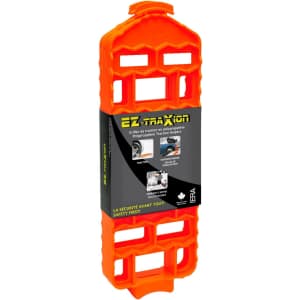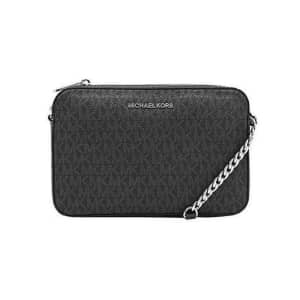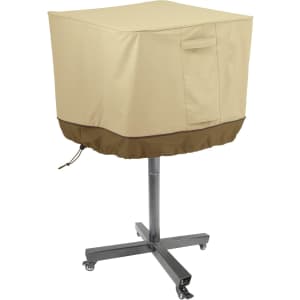
There's a lot of variety in price here, but most sizes have a nice off-list discount. Plus, there's some low prices on some of the other styles on this page too. Buy Now at Amazon
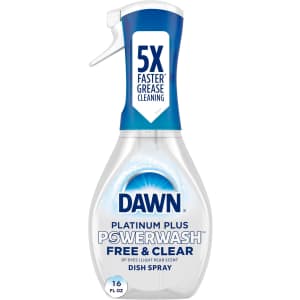
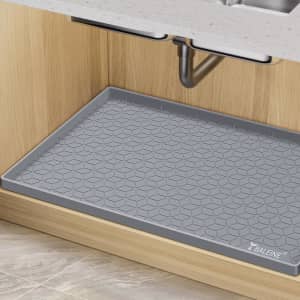
Apply coupon code "XIIRML4R" for a savings of $7. Buy Now at Amazon
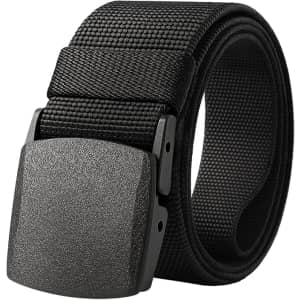
That's 65% off and a nice deal on this style of belt. Buy Now at Amazon
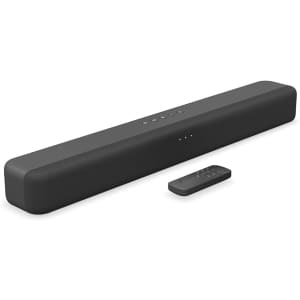
It's the best deal we've seen for this soundbar. It includes a 90-day Woot warranty. Buy Now at Woot! An Amazon Company
- measures 24" x 3.5" x 2.5"
- USB, HDMI, and optical ports
- Model: B0C4BZ28PG
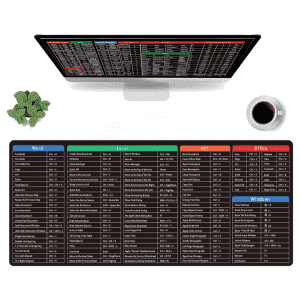
These are tytpically around $10 at Amazon.
Import & processing fees add an additional $1. New Alibaba customers get free shipping; otherwise it starts around $13. Buy Now at Alibaba

For just $99/year, you'll get 10GB of data per month, unlimited nationwide talk & text, and the flexibility of WiFi calling & texting. Includes a 3-in-1 SIM card kit. Buy Now at Infimobile
- 10 GB of 5G • 4G LTE per month
- Nationwide Talk & Text
- 3-in-1 SIM Card Kit
- Hotspot available for purchase as an add-on
- WiFi Calling & Text
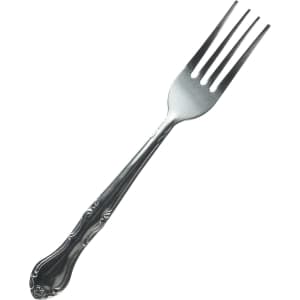
That's a 68% discount and by far the lowest Amazon has ever offered on it. Buy Now at Amazon
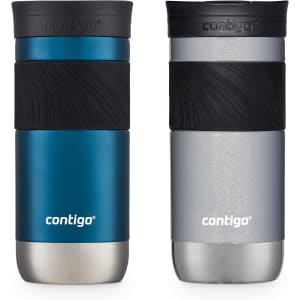
That's a 39% discount and tied as the lowest price Amazon has ever offered on it. Buy Now at Amazon
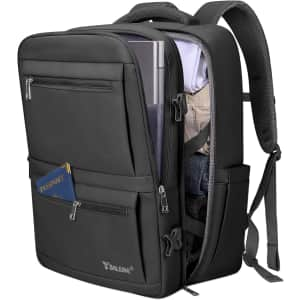
Apply coupon code "LMNAHMD2" for a savings of $9. Buy Now at Amazon
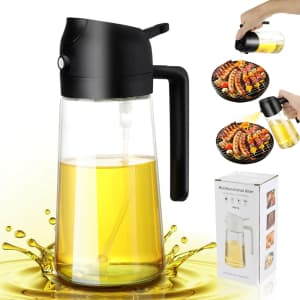
Add two of them to your cart to get this price.
Import & processing fees add an additional $1. New Alibaba customers get free shipping; otherwise it starts around $12. Buy Now at Alibaba
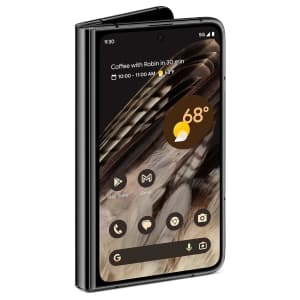
That's by far the best we've ever seen in any condition. A 1-year Allstate warranty applies. Buy Now at eBay
- Google Tensor G2 chipset
- split screen multitasking
- compatible with most major carriers
- IPX8 water resistant
- 12GB RAM; 256GB storage
- Android 13.0
- Model: G9FPL
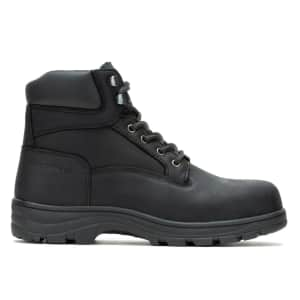
Use promo code "OLSXMAS25" to drop the price. It makes for a total savings of $58 off. Buy Now at eBay

Apply coupon code "LQ28OMJL" for a savings of $8. Buy Now at Amazon

Seniors with a valid and active AARP membership can take 10% off any Paramount+ plan in 2025. That includes the basic Paramount+ Essential and the higher tier Paramount+ with Showtime. Prices start at $7.19 per month.
Want to learn more about Paramount Plus discounts? Our guide to Paramount Plus coupon codes in 2025 has the info you need for scoring discounts on the streaming service. Also check out our guide to Paramount Plus subscription costs and prices to learn how much Paramount Plus is in 2025. Buy Now at Paramount+

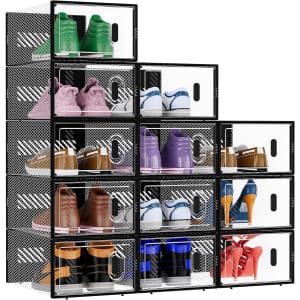
Apply coupon code "P6R7E6ZI" for a savings of $10. Buy Now at Amazon
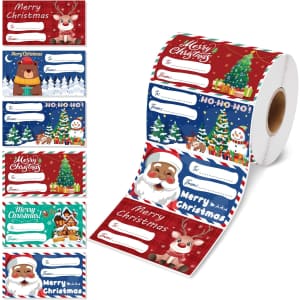
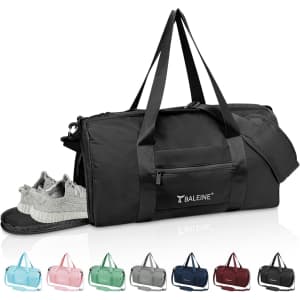
Apply coupon code "PFDQTFYK" for a savings of $11. Buy Now at Amazon
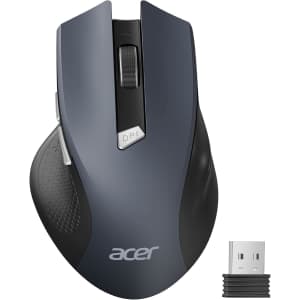
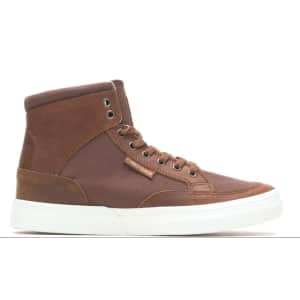
Use promo code "OLSXMAS25" to drop the price. It makes for a total savings of $60 off. Buy Now at eBay
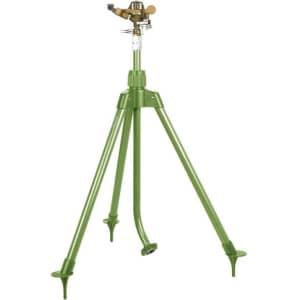


Get five years of membership for just $11 per year as part of AARP's Black Friday deal. The AARP Membership gives you access to discounts, programs, and services from trusted brands. This deal's available until December 9. Buy Now at Aarp Services Inc

That's a $26 low and its best-ever price. Buy Now at Woot! An Amazon Company
- adjusts to fit doorways from 29" to 38"
- Model: GA105WHOC1Z
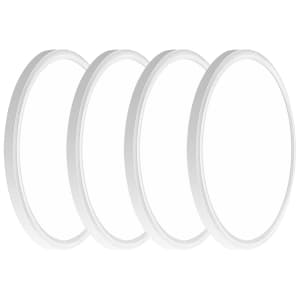
Apply coupon code "7KZ6IMJN" for a savings of $24. Buy Now at Amazon
- 3,200-lumens
- 5,000K daylight color


That's $12 under our recent mention and the best price we've seen. A one-year Allstate warranty is provided with purchase. Buy Now at eBay
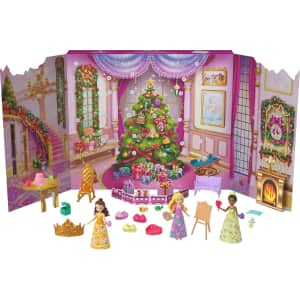



Apply coupon code "5AY43L4Y" for a savings of $5. Buy Now at Amazon
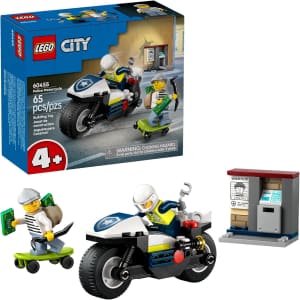

New customers can sign up and get five years of 1 Gbps internet for $50/mo for a full five years. Plus, you'll get a Peacock Premium subscription for free for two years - a savings of $10.99/mo. Some requirements apply, such as signing up for paperless billing and automatic payments. Buy Now at Xfinity Residential
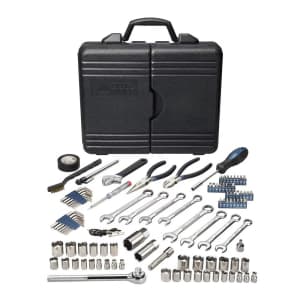

That's a $24 low. Star Rewards members get free shipping with orders of $25 or more (it's free to join). Pickup is also available. Buy Now at Macy's
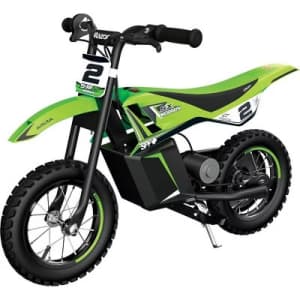
Shop deals on an assortment of toys including building sets, bikes, scooters, dollhouses, outdoor toys, crafts, board games, and more, and you'll get an extra $10 off orders of $50 or more or an extra $25 off orders of $100 or more. Buy Now at Target
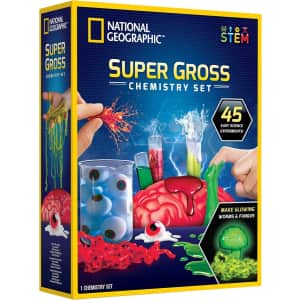

Apply coupon code "QRK5NS3H" for a savings of $12. Buy Now at Amazon
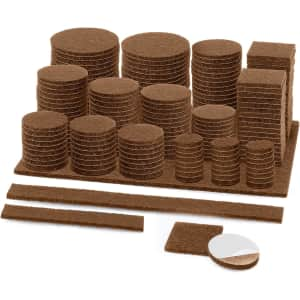
Apply coupon code "54HYOMBD" for a savings of $4. Buy Now at Amazon

Save up to 75% in these styles. Star Rewards members get free shipping with orders of $25 or more (it's free to join). Pickup is also available. Buy Now at Macy's
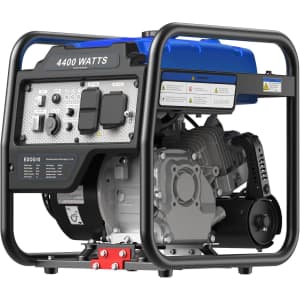
That's $151 off and a great price on such a generator. Buy Now at eBay
- 4-stroke OHV engine
- 4,400-Watt peak, 3,400-Watt running
- gas powered w/ 2-gallon tank

Eco-Worthy US via eBay offers the Eco-Worthy 30.72kWh 48V 100AH Server Rack Lithium Battery 6-Pack with Monitor for $4,679.99 (reduced from $5,179.99) with free shipping. Buy Now at eBay
- wireless connectivity and smart monitoring
- fits standard 3U cabinets
- durable full-metal shell and a 100A BMS that provides multiple layers of protection
How Much Can I Save on the Hottest Deals?
The average savings can vary wildly day by day, but we regularly see discounts of anywhere from 15% to 96% off. The biggest discounts usually pop up for holidays, such as these Early Prime Day Deals. Thanks to coupon codes giving extra discounts, we'll regularly see shoes and apparel from the biggest brands like Nike, adidas, and New Balance at over 50% off. If you're looking for tools or home improvement, we see deals from stores like Home Depot and Lowe's that take up to 70% off. Plus, if something's at its best-ever price, or close to it, or is just something we think is extra neat, you'll probably find it on our Staff Picks page.
How Often Are the Hottest Deals Updated?
Around the clock! An international team of highly-trained deal jockeys is constantly scouring Amazon, Walmart, Best Buy, Target, and any other store you care to name, seeking out the latest and greatest deals for you to peruse. From daily deals and doorbusters to niche finds and off-the-wall offers, our pages are always being updated with something new and interesting and discounted.


